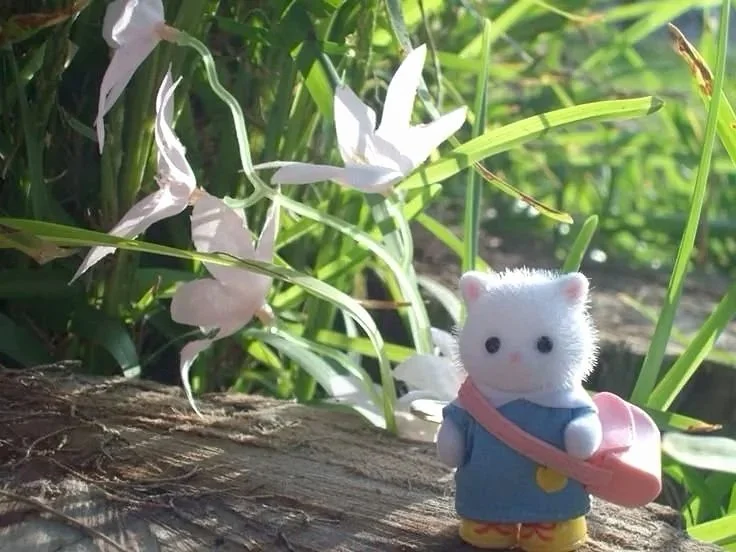CULTURE
Nostalgia is Trending: Healing Our Inner Child
Inner child healing isn’t new—but the way it’s showing up in culture is. Here's why it matters now.
Words By Kittie 𖦹 Winter 2025
Healing your inner child – once a niche psychological concept, now a viral trend, has many of us revisiting our childhoods in search of joy, comfort, and authenticity.
It’s everywhere – in articles, books, videos and more; this concept explores the ways we reflect on our childhoods. Encouraging us to reimplement the things that made us as happy as children, and even the things we did not experience, obtain or were not free to express. It is the idea that, in bringing these things into our adult lives; childhood interests, taking time to be whimsical, indulging in play and creativity, will improve our overall mental wellbeing and enjoyment of life.
It especially resonates in people who had troubled childhoods, live with mental health challenges, and those who are neurodivergent – however, it can be significant to anyone. On social media, we see posts on people picking up a childhood hobby, buying the toys they wanted as a kid, dressing the way they’ve always wanted to, feeling big emotions, and trying to relearn who you were when you were young.
As with most things on the internet, this ritual of healing your inner child has subsequently expanded into trends – from growing collections of cute trinkets to personalisation of the things you own, and more recently the idea of ‘nerding out’ and embracing weirdness that pushes back against minimalism. We all search for ways to make our lives, in this very state of the world, more pleasant and more fun.
On the other hand, it can be easy to focus on the positives where everyone gets to enjoy whatever they like – but even with these trends and new mottos that promote being different or passionate, it is clear that there is still a prevalence of bullying within these spaces.
Both online and offline, this idea that people view an interest, excitement or passion as childish, unfortunately still exists. From mocking comments to using buzzwords such as ‘cringe’ – specifically, these behaviours often target and make fun of autistic people for their traits and special interests.
Then, a trend will pop up, one that communicates to people to be proud of enjoying a ‘so-called childish thing’ or being weird and nerdy – which is recognised by autistic people, those who grew up outcasts or were bullied by school peers, that maybe these thoughts and understandings weren’t ‘okay’ until it became flooded on their feed.
But the popularity of a trend doesn’t always change how people actually behave, or how they treat others – the question we must ask ourselves, with this concept of healing your inner child being beneficial to our own self, how can we move it beyond a trend and reflect that same healing in the way we treat others?
When something comes along that inspires us to look inside ourselves, explore ways to express ourselves and tune out what others think of us, it should be valued.
Watch that video on how healing your inner child can change the way you live life, do the things that make you think and feel joy.
However, at the same time, explore beyond what is trending. If someone on TikTok has to tell you that it's popular now to buy that childhood toy, maybe take more time off your phone to search for what makes you, as an individual, happy – and furthermore, reflect on what judgements you have against others who are also just searching for joy.
Find the ways to reshape your life that are for more than just your own benefit.
Healing your inner child isn’t just about the chase for nostalgia, it’s about finding joy, embracing play, and creating space for others to do the same. It’s recreating the times you shared toys in the sandbox, you welcomed a peer you weren’t friends with to play, or you complimented the person you sat across from in class
– and if you didn’t do those things as a kid, maybe it’s also healing your inner child to make up for it in your adulthood.


